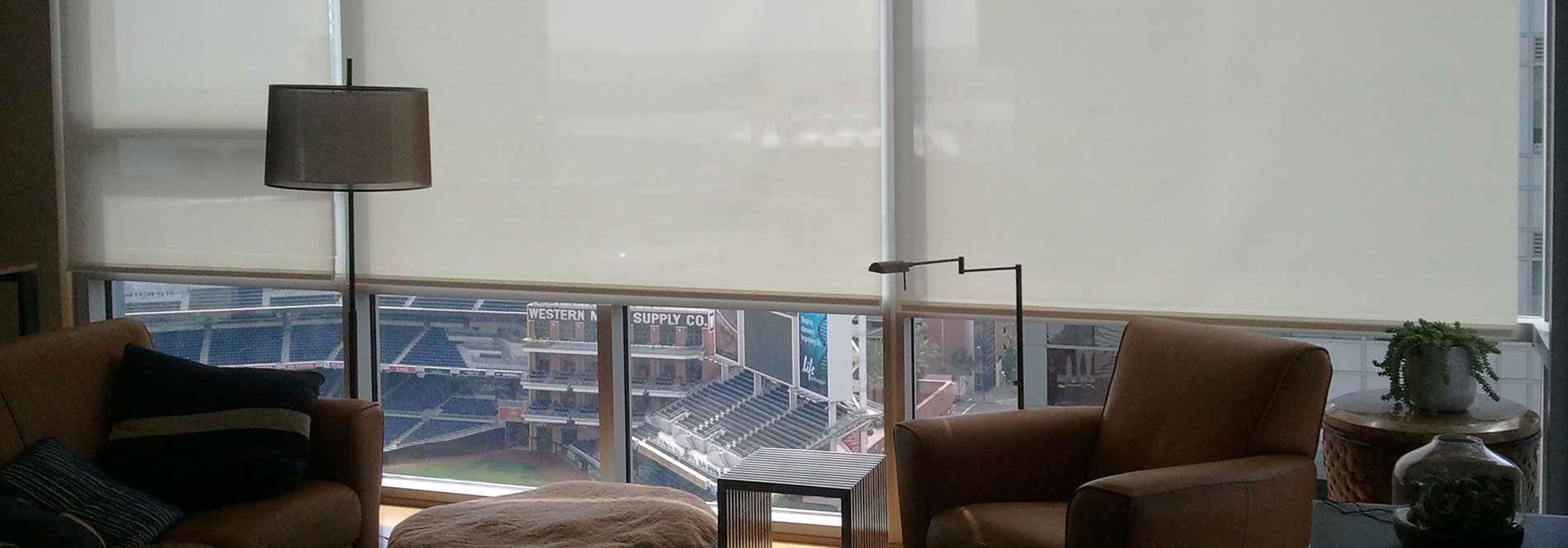Top treatments are generally used to not only enhance the presentation of a window treatment, but also, on a more practical level, to hide some of the hardware components of window treatments (rods, rollers, brackets, etc.).
They can be made of fabric (as in the case of many valances), a combination of rigid materials and fabric (in the case of fabric-wrapped cornice boxes), or just made of rigid materials (i.e. wood), in the case of some cornice boxes or valances. They are often used in conjunction with draperies or Roman shades to provide a complement or contrast to the fabric of the window covering.
Generally, these can be ordered independently of the window treatments. Top treatments are a great way to truly finish off an opening.








